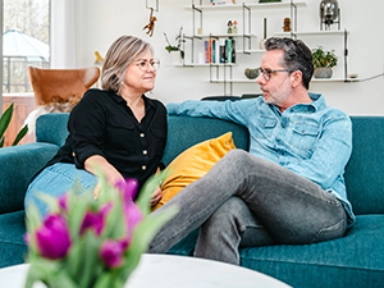Type 1 Diabetes Came as a Surprise in Adulthood – Sara's Story
A little over a year ago, Sara, 34, received life-changing news: She had been diagnosed with type 1 diabetes. A condition often associated with children and adolescents had suddenly appeared in adulthood. The diagnosis meant adjusting to a new daily routine and undergoing significant mental adaptation. It also brought insights and a deeper understanding of herself. Living in Helsinki, Sara openly shares how her life has changed and how even a little humor can help during challenging times.
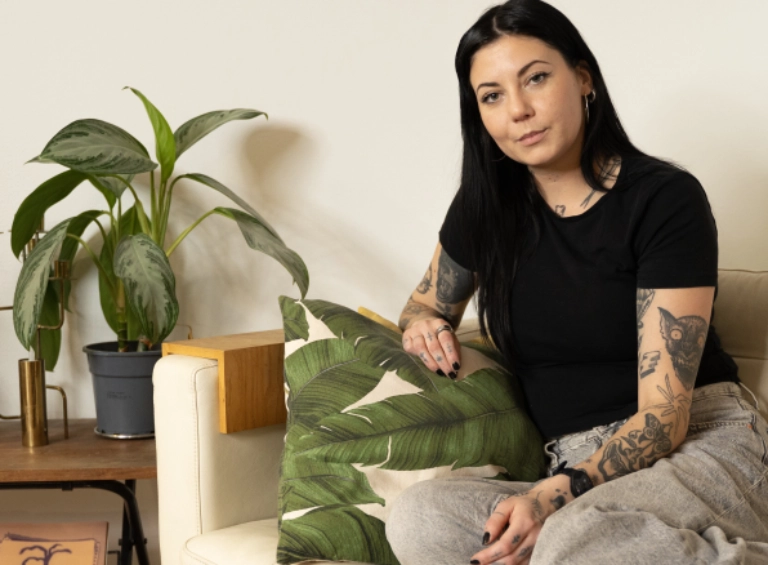
Early Signs Were Easy to Dismiss
The diagnosis took Sara completely by surprise. She was an active and healthy adult with no idea that type 1 diabetes could manifest in adulthood. In the spring, she began noticing unusual symptoms such as constant thirst, fatigue, and frequent trips to the bathroom. Sara looked up her symptoms online, and while the results suggested diabetes, the thought seemed impossible.
“I thought, it can’t be diabetes. I completely ignored the symptoms,” Sara recalls.
During the summer, the symptoms subsided, but upon returning to work after vacation, she noticed significant weight loss. Initially, she was pleased, thinking she looked good after a stress-free summer.
“After summer, I weighed myself at work and realized I weighed very little. It was alarming, so I immediately booked an appointment with occupational health,” she says.
The blood tests confirmed her fears: Her blood sugar levels were dangerously high. The doctor referred her directly to the emergency room, where she learned she had type 1 diabetes.
From Shock to Paralysis
Receiving the diagnosis felt like falling into the unknown. Sara’s blood glucose levels were critically high, and her ketone levels indicated a severe condition. She was admitted to the hospital for observation for a day.
“It felt surreal. I wondered, is the situation really this serious? I didn’t know anything about diabetes. I was in complete shock. How could this happen to me? At the same time, I trusted the hospital staff and knew I was in good hands,” she describes the overwhelming emotions.
The weeks following the diagnosis were mentally taxing. Initially, Sara approached the situation pragmatically. Her first appointment at the diabetes clinic provided her with a plan and treatment guidelines, which she calmly absorbed. “I thought, okay, this is just a new routine now. This is how it goes.” A two-week medical leave gave her time to adapt to insulin therapy, but returning to work revealed the emotional burden she had been carrying. “I completely broke down. How am I supposed to do my job? My brain was telling me I couldn’t handle this. I’ve always prided myself on being independent, so this experience was new for me,” Sara recalls.
Losing the Illusion of Invincibility
One of the hardest parts of the diagnosis was mentally coming to terms with it. “It felt unreal. I wondered if I had somehow ruined my health, even though I thought I lived a healthy lifestyle. Talking about juvenile diabetes felt strange when I was already 33,” Sara says.
Amidst feelings of shame and self-blame, Sara had to confront a fundamental truth: Her body was not invincible. “It sounds naïve, but I realized I’m not immortal. That was a tough realization.”
Now over a year since her diagnosis, Sara has been working on accepting her condition. Letting go of guilt and shame was especially difficult. She wondered: Could the diabetes have been detected earlier? Had she done something wrong? Over time, Sara has learned to approach her diagnosis with more calmness and self-compassion. The hardest part was accepting the permanence of the condition. “It took about a year to fully grasp that this is for life.”
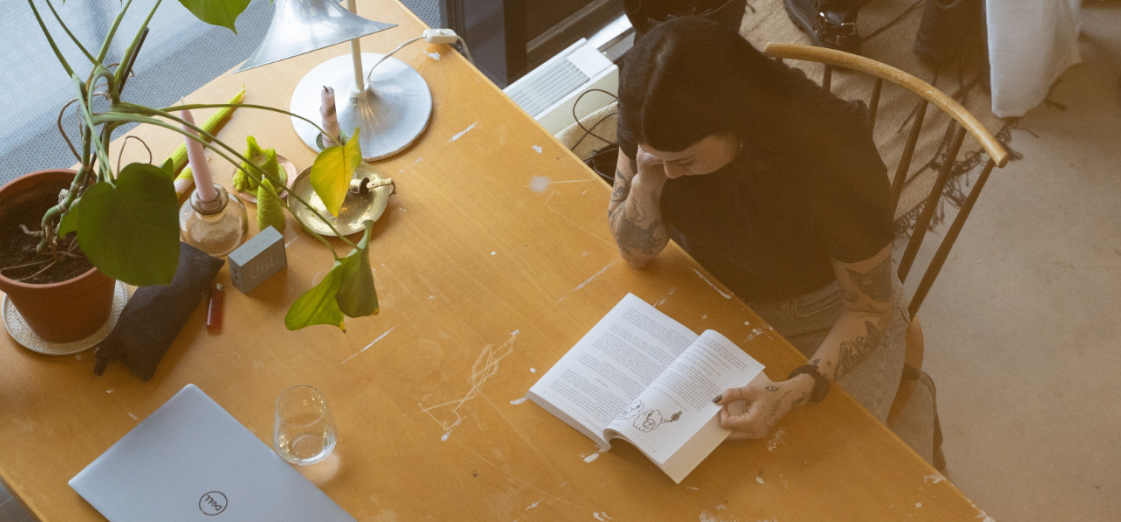
Pain, Fear, and New Routines
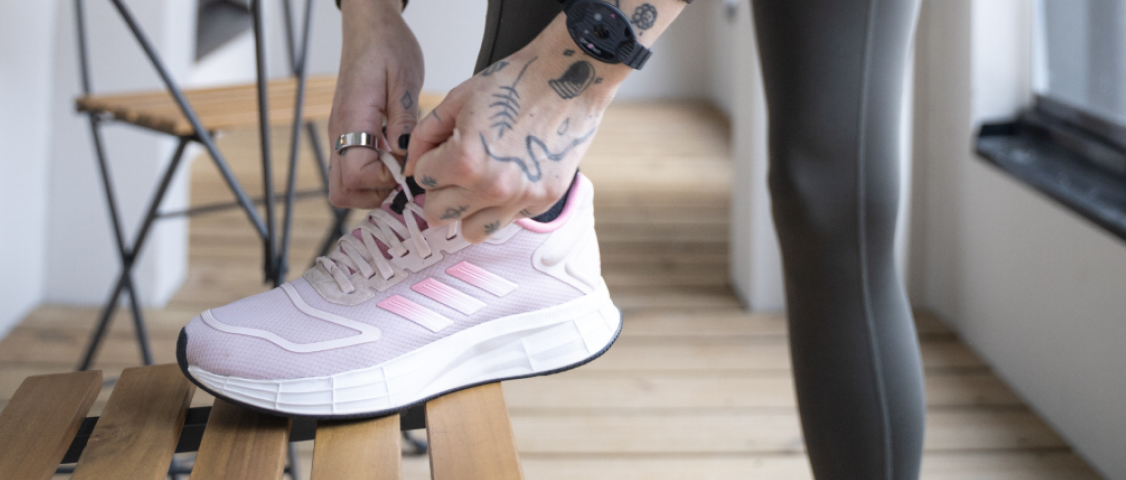
Diabetes introduced new routines that require patience and precision. Insulin injections, monitoring blood glucose and ketones, and calculating carbohydrates have become part of her daily life. Learning these routines came easily to Sara, but insulin injections initially felt almost impossible due to her fear of pain.
“I’d stand in the bathroom with the needle in my hand, gathering the courage to inject myself. Sometimes I’d have to step out and try again later. I was so afraid of the pain, but the fear was more mental than physical,” she explains.
Over the past year, Sara has mastered the routines of managing her diabetes. She now uses a glucose sensor for continuous monitoring and has learned to recognize her body’s signals.
Accepting Physical Limitations
Returning to her running hobby was one of the hardest steps. At first, Sara was afraid of how her blood glucose would react to exercise. She hesitated for almost a year before going on her first run after the diagnosis.
“Exercise felt intimidating, but when I finally went for a run, I realized I could still do it. It’s important to listen to your body and accept that not everything can be done the same way as before,” Sara notes.
The biggest change in her daily life has been her energy levels. “Before, I could do everything after work, but now, after a heavy workweek, I sometimes need the whole Saturday to recover,” Sara says.
A friend helped Sara understand the importance of rest and slowing down. “My friend told me I need to learn to calm down and accept that my body can’t handle everything the way it used to. That was a hugely important realization. No matter how much you want to push yourself, your body won’t always cooperate. And that’s okay,” Sara shares.
Support and Humor – “How’s Pete Doing Today?”
Sara’s family has been supportive from the start. Telling them about the diagnosis was easy, and they offered consistent encouragement. “My younger sister came up with the idea to call my diabetes ‘Pete’ after our mom accidentally misspelled the word diabetes. Now we refer to my diabetes as Pete, and it lightens the mood,” Sara laughs.
Humor has been an essential tool for normalizing the condition and easing discussions around it. Sara emphasizes the importance of peer support. She discovered how much she benefited from talking to others in similar situations. Social media, in particular, has opened up conversations and created a sense of solidarity.
“People reached out quickly on social media. I’ve been able to turn fears and uncertainties into something positive by finding others who understand. It’s also easy to talk to them about concerns,” Sara says.
With the support of her family, humor, and peer connections, Sara has embraced diabetes as part of her life—not as a burden, but as a new way to view the world.
Life with Diabetes
Life with diabetes has brought new routines and insights, but Sara feels her daily life has settled into a rhythm. “I think of it as a new profile in my life. It doesn’t limit me but adds a new way to live,” she says.
She encourages others to live in the moment. “If complications or other issues arise, those are worries for their time,” Sara says realistically yet reassuringly. She reminds everyone that life with diabetes can be fulfilling. “It’s not a limiting factor—it’s a new profile through which you can learn and even discover new opportunities.”
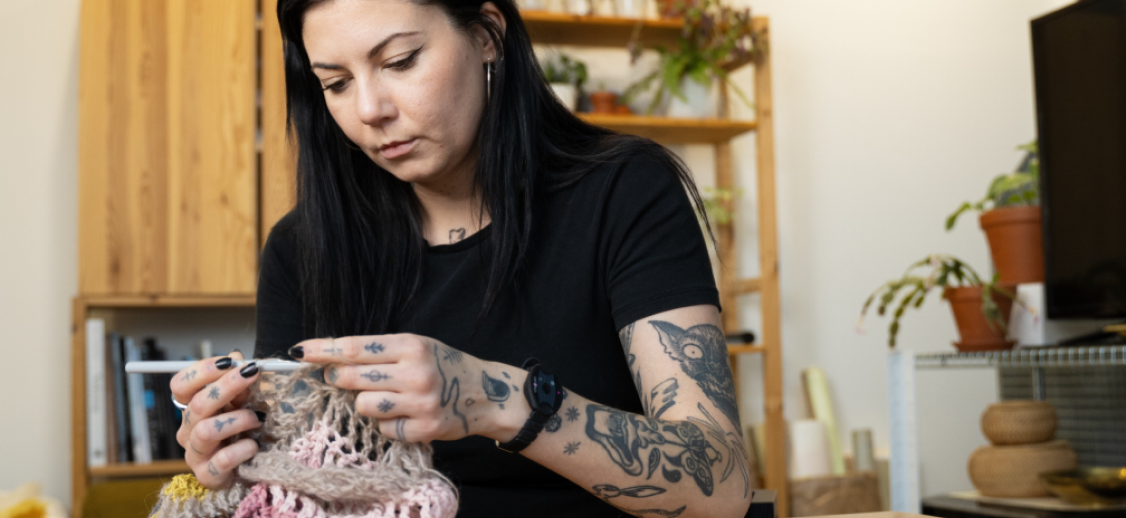
Looking Ahead
A year after her diagnosis, Sara is well on her journey with diabetes. “Slowing down and learning to rest are lessons I’m only now embracing. I didn’t want to accept my body’s limitations, but now I understand they are part of me. The diagnosis doesn’t define me, but it’s part of my story.”
Sara’s found a new normal where listening to her body, humor, and the support of loved ones lay the foundation for a meaningful life. Diabetes doesn’t define Sara—it’s just one aspect of her life.
As Sara’s friend reminded her: “It’s okay to slow down.” This is a valuable reminder for all of us—diagnosis or not.


